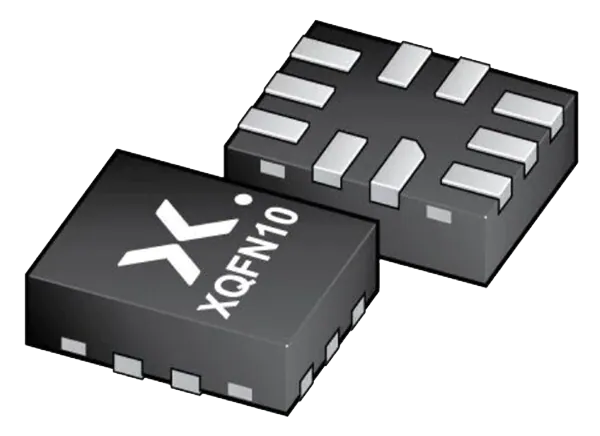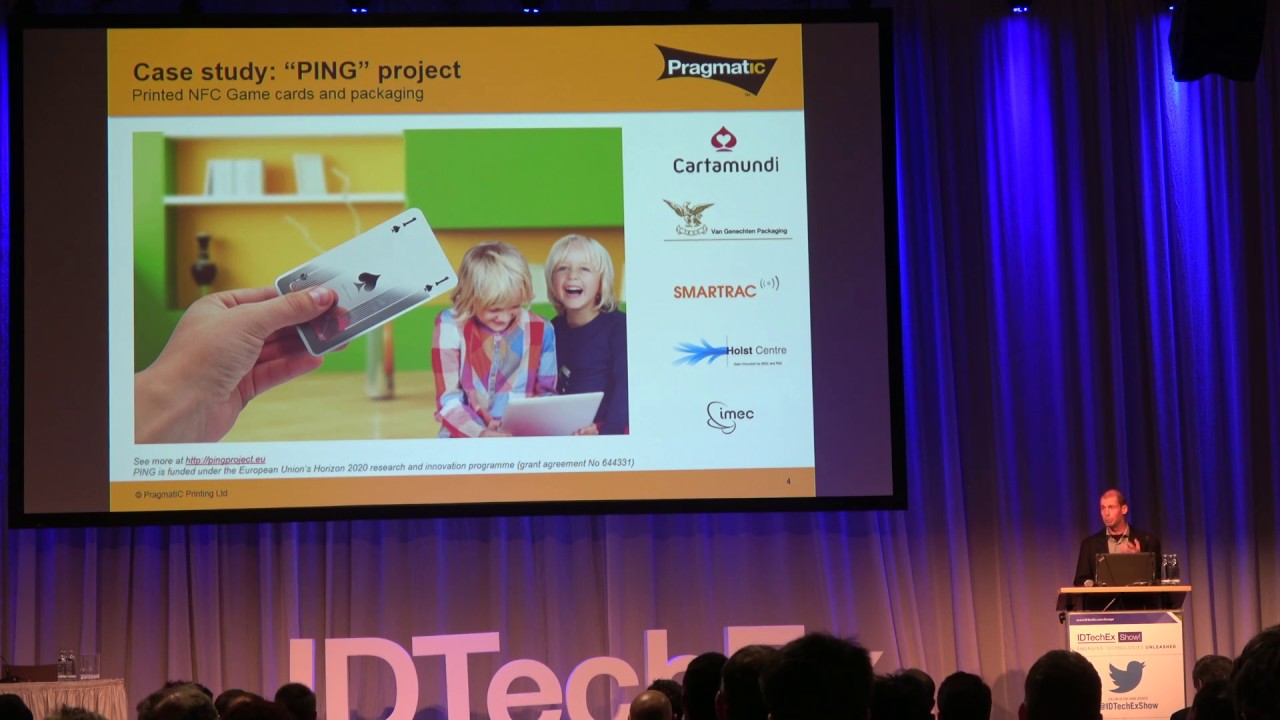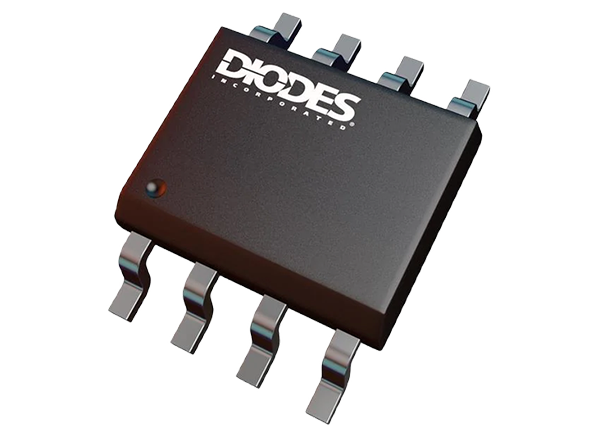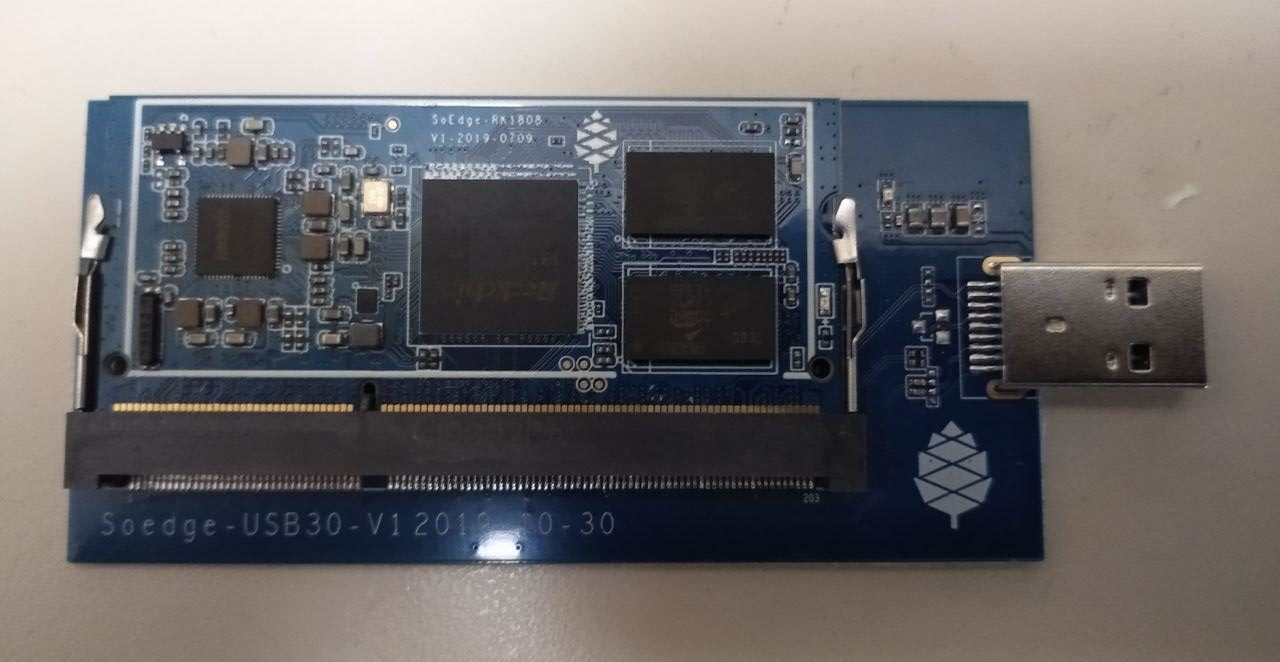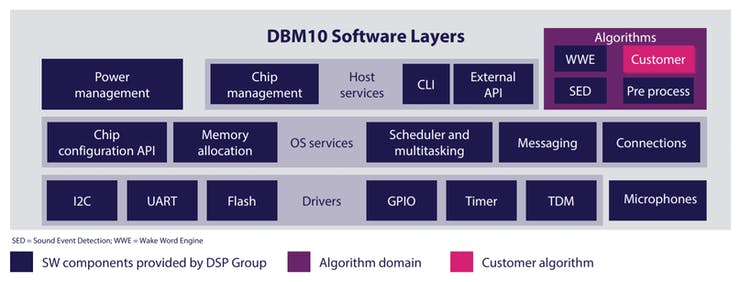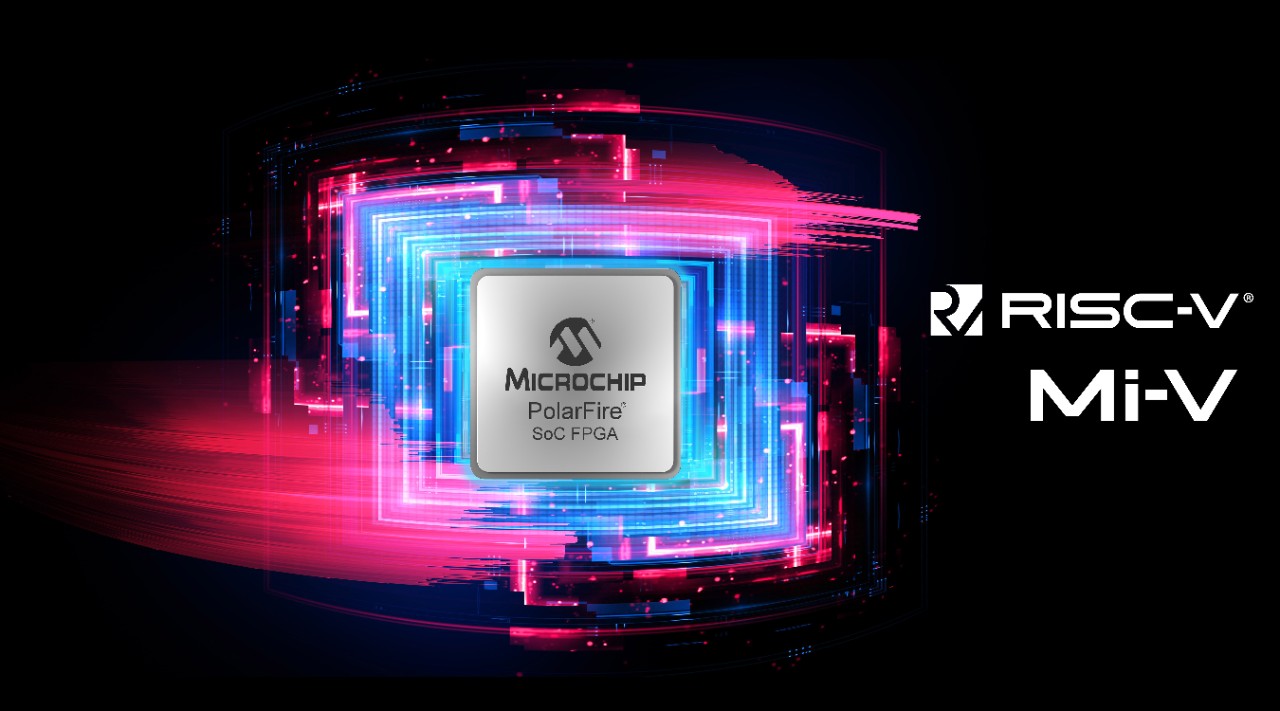
First RISC-V-based SoC FPGA enters mass production with a smaller thermal footprint
Microchip Technology has announced the first system-on-chip Field Programmable Gate Array (FPGA), MPFS250T, based on the open-standard RISC-V instruction set architecture to enter mass production. The news comes as the continued adoption of PolarFire SoC FPGA and exponential growth for the Mi-V ecosystem streamline RISC-V adoption across various industrial, IoT, and edge computing embedded devices.
Microchip previously announced the production qualification of MPFS025T, and the company has started taking orders for both the RISC-V SoC FPGAs. The volume production of Microchip MPFS250T extends the PolarFire SoC portfolio of multi-core RISC-V FPGAs to deliver a smaller thermal footprint and low power for embedded vision applications. Other applications include automotive, industrial automation, communications, defense, and IoT systems.
“We now have a large funnel of customers who have designed in the PolarFire SoC family with our suite of Mi-V tools and solutions,” said Shakeel Peera, vice president of marketing for Microchip’s FPGA business unit. “These customers have developed innovative products that bring best-in-class solutions to the market with superior thermal and power efficiency, as well as unprecedented compute capability in small form factors. We are now writing a new chapter in the history of RISC-V with the availability of production-qualified SoC PolarFire devices.”
The PolarFire SoC FPGAs provide configurable processing capabilities with real-time Linux-capable RISC-V-based microprocessor subsystems in the FPGA fabric. All developments are aligned to the Microchip Mi-V ecosystem roadmap and long-term commitment to public availability of the RISC-V SoC FPGAs. These devices leverage open-standard RISC-V ISA to enhance power efficiency, security, and reliability. Some new functionalities include deterministic Asymmetric Multiprocessing mode, which allows users to run Linux operating systems while running high-performance, real-time applications.
The PolarFire SoC FPGAs family delivers the combination of low-power consumption, thermal efficiency, and defense-grade security with a RISC-V CPU cluster and L2 memory subsystem. As part of the Microchip Mi-V ecosystem, several partners contribute to increasing RISC-V adoption through a comprehensive variety of IP, hardware, OS, middleware, debuggers, compilers, and design services.
“Microchip’s PolarFire SoC FPGA and Mi-V ecosystem provide an excellent platform to evaluate a Linux-capable multicore RISC-V-based SoC,” said Calista Redmond, CEO at RISC-V International. “The market now has a production-qualified RISC-V solution to procure and adopt in their designs. The FPGA fabric is an innovative platform that enables hardware acceleration for system design.”
At Mi-V Virtual Summit held on July 20-21, 2022, sixteen Mi-V partners will demonstrate their use cases using Microchip PolarFire SoC FPGA. For more information on the Microchip PolarFire SoC FPGA family, head to the official website.





